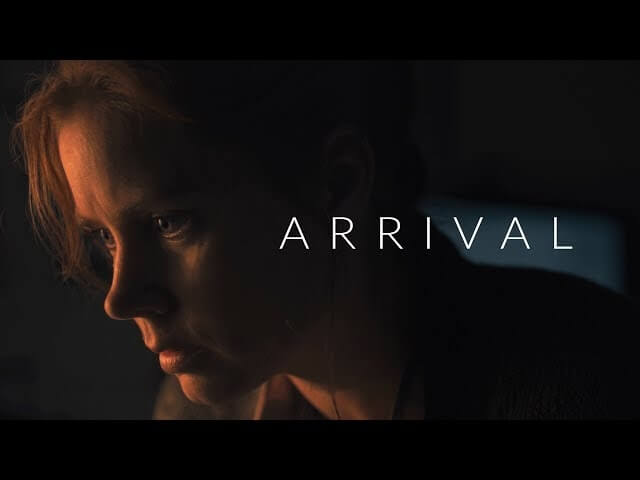Arrival’s mysteries are still worth exploring

Arrival remains a rare case of a critically acclaimed, successful sci-fi movie that shirked action or horror in favor of the genre’s headier pleasures. It’s a dreamy, philosophical, sometimes melancholy film, known as much for the mood created by its elliptical editing as the twist ending that editing hid. An excellent new installment of Lessons From The Screenplay compares not just Arrival’s filmed version with its written version but also its source material, Ted Chiang’s novella Story Of Your Life. The result manages to parse how director Denis Villeneuve and his team maintained such a delicately intellectual film’s tone while still functioning as a crowd-pleasing popcorn sci-fi flick. (Spoilers ensue.)
The video details how screenplay writer Eric Heisserer tweaked three key elements when writing the movie: the perspective, which in the film follows along as Amy Adams’ character grasps the heptapods’ language and in the book takes place once she has already developed a fourth-dimensional sense; its tension, by putting aliens on Earth and having military leaders grappling with how to intervene; and the plot point of how the daughter dies, changed from the book’s early-adulthood rock-climbing accident to the film’s childhood disease. This was one of the biggest departures from the book, instituted because Heisserer wanted Adams’ character to be choosing proactively to have a daughter despite knowing with certainty that she would experience her loss.
But the video’s most interesting insights are in the way the film changed after being translated to a screenplay in the editing booth. They even explain those hauntingly weird edits that suggest the beginning of the time-traveling thinking and which turn Forest Whitaker unexpectedly into a gigantic heptapod. Here’s hoping Villeneuve can pull a similar balancing act with Blade Runner 2049.